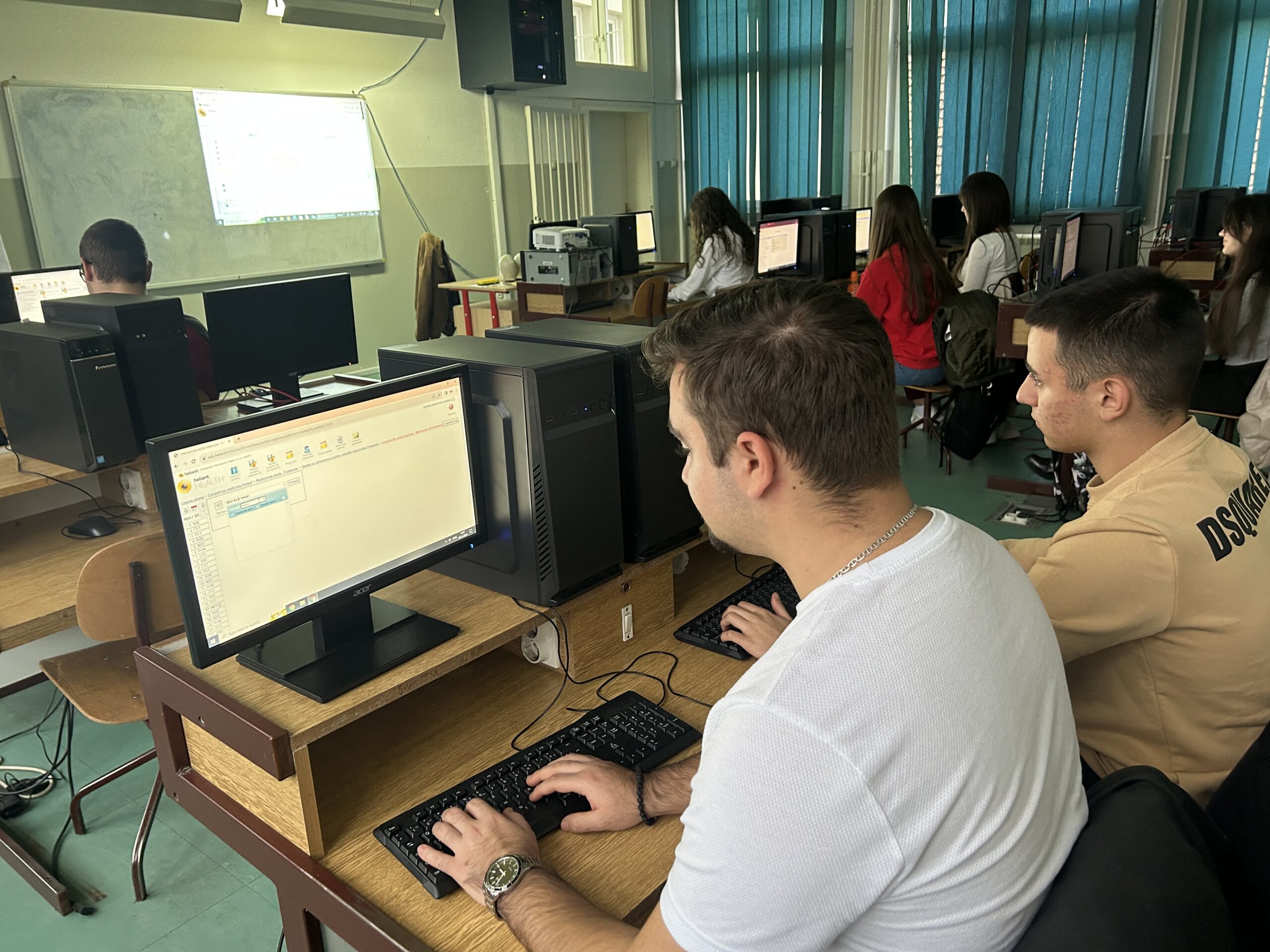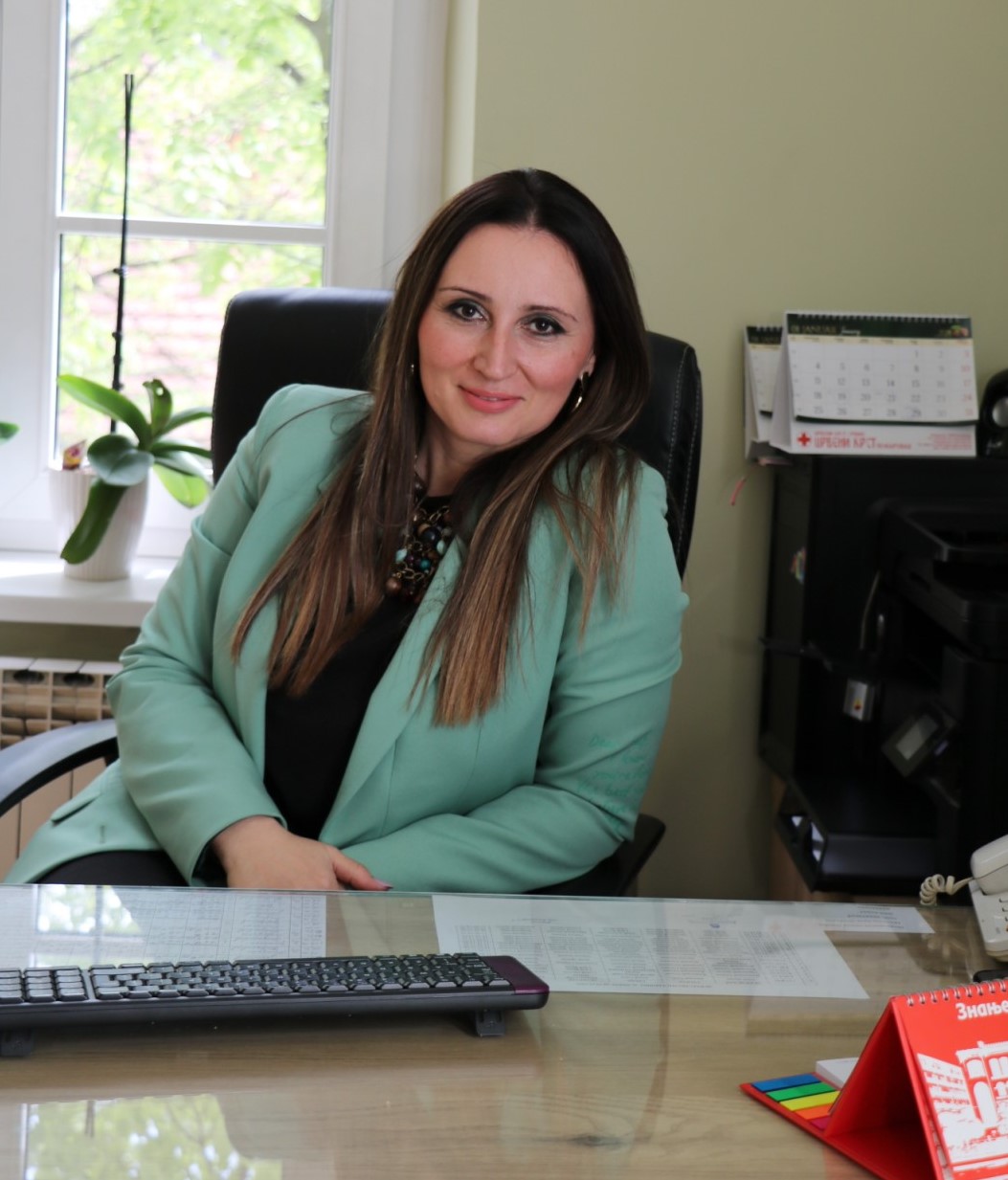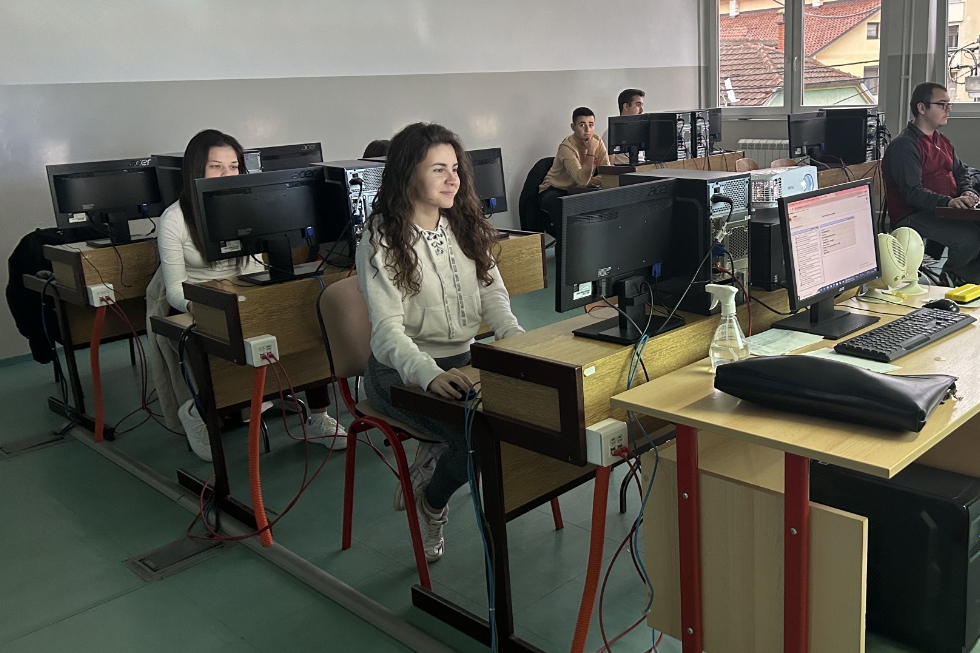The company “Heliant” donated a health information system to the Medical High School in Požarevac, which helps future physicians and healthcare professionals learn the basics of software used by the majority of healthcare facilities in Serbia.
In this way, they will prepare much more efficiently for further studies, as well as for practical work in hospitals or healthcare centres, and they will not have to undergo additional training when they get a job.
This elective course was chosen by 4th grade students. Dragan Avramović, a teacher of medical informatics, saw how the Medical High School in Niš used Heliant health information system for the education of its students and decided to propose the same to his school, which the director, Tina Kaplarević, immediately accepted.
The school surveyed the students and found that the majority of general course students wanted to take the medical informatics course and learn to use IS Heliant. At the moment, 20 students are attending this elective course, divided into two groups of 10 students each.

Teacher of medical informatics, Dragan Avramović, with his students
Avramović tells us that the students have learned from conversations with the previous generations of this school that knowledge of the Heliant information system is necessary because it is used by healthcare facilities where they would like to work, such as the Požarevac hospital or primary healthcare centre.
Previous generations of students who did not learn about information systems at school had to attend additional training in the healthcare facilities where they started working.
The students find learning and working in the Heliant system very interesting, their teacher Dragan Avramović tells us. He points out that they are satisfied because they learn something new in class, it is not a cliché, standard class where everything is learned from textbooks, but learning by practical work.
They learn how to schedule an appointment with a physician in the software, how to refer a patient to inpatient treatment, how to enter the patient’s information into the electronic record… All the options available in software for a healthcare professional are also available to students.


Training students to use the Heliant health information system
“Some of them who want to study medicine would like to learn to use the program from the position of a specialist physician. I tell them “take it easy, you will learn when you become a physician”. By the time they reach the faculty, the software will also be changed, so there is time for that level,” says Avramović for heliant.rs.
In this school year, after a short theoretical introduction, future physicians and healthcare professionals began to learn about patient data entry, symptoms they had, which department the patient should be referred to and to which physician… Just like the nurses at reception departments do today. Some more complex parts of the program were left for the second semester.”
“Students find it very interesting to work in IS Heliant, they are delighted because it is something new for them and because it is useful. I compare the efficiency of that system with electronic teachers’ records in schools – as much as such records make our work easier in schools, it is the same with IS Heliant when it comes to healthcare – everything is simplified”, says Dragan Avramović, a professor at the Medical School in Požarevac.
“We are glad that the company “Heliant” had confidence and enabled our students to prepare for their future job or education in a modern, useful, and interesting way at school as part of regular curriculum,” says the director of this school, Tina Kaplarević.

Director of Medical High School in Požarevac, Tina Kaplarević
“This donation from the company “Heliant” is in line with the vision of our school – to provide students with the acquisition of quality and lasting knowledge, which enables inclusion in the work process and modern society, but also further education, through innovative methods of teaching organization and the use of modern teaching aids.” concludes director Kaplarević.
